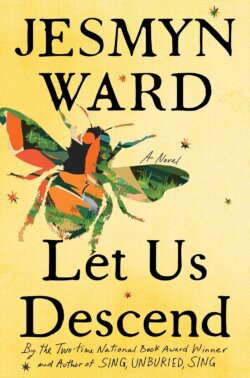Like his mentor Martin Luther King Jr., John Lewis had a dream. Amid the turmoil and violence of a segregated South and a nation embroiled in the struggle for racial reconciliation, Lewis envisioned and championed what he called a “Beloved Community” in America, “a society based on simple justice that values the dignity and the worth of every human being.” In his captivating John Lewis: In Search of Beloved Community, Raymond Arsenault narrates the mesmerizing story of Lewis’ evolution from a Civil Rights activist to an eminent congressman who never lost sight of his vision for a just and equitable society.
Drawing on archival materials and interviews with Lewis and his friends, family and associates, Arsenault traces Lewis from his childhood in Troy, Alabama, where he daily witnessed the indignities and violence of racial segregation. Steeled and inspired by the Montgomery Bus Boycott, he entered American Baptist Theological Seminary in Nashville, Tennessee, and began his storied activism in earnest. Lewis and his contemporaries incorporated the principles of rightness and righteousness—what their teacher James Lawson called “soul force”—with methods of nonviolent resistance. Arsenault documents Lewis’ participation in the Freedom Rides, the Student Nonviolent Coordinating Committee, the Selma to Montgomery marches and his advocacy for the Voting Rights Act. After King’s 1968 assassination, Lewis’ optimism turned to despair; he had a feeling, Arsenault writes, that “maybe, just maybe, we would not overcome.”
But that didn’t last. Elected to Congress in 1986, Lewis went to Washington with a legacy to uphold and a commitment to carry on the spirit, goals and principles of nonviolence and social action. He was always disillusioned by self-serving politicians and their infighting, and he devoted his career to building coalitions among opponents. In a 2020 speech, Lewis uttered the remarks that cemented his legacy: “We cannot give up now. We cannot give in. . . . Go out there, speak up, speak out, get in the way. Get in good trouble, necessary trouble.”
With John Lewis Arsenault offers the first comprehensive biography of the icon and serves as a fitting bookend to Lewis’ own autobiography, Walking With the Wind. The work provides an inspiring portrait of a man whose vision and moral courage propelled him to share his belief in the Beloved Community and inspire generations.













































































